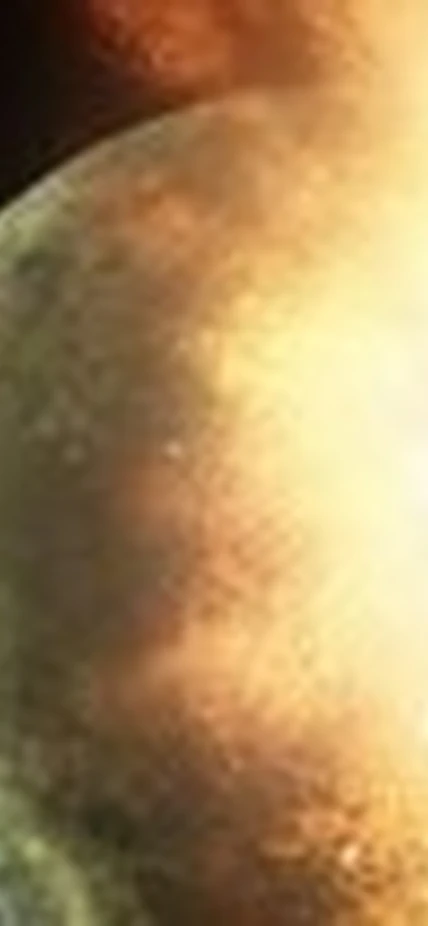Geochemical data, improved simulations, and spacecraft exploration are challenging the widespread acceptance of the currently favored giant impact hypothesis, which states the moon was formed 4.56 billion years ago, just after the solar system came together, from a collision between Earth and a mysterious planet roughly the size of Mars.
However, new research and recent analyses of lunar rocks suggests an object 5 times the mass of Mars actually collided with Earth and created a monster impact that led to the formation of Earth’s moon between 4.4 billion and 4.45 billion years ago. This new timeline marks the moon 100 million years younger than we once thought and reshapes scientists’ understanding of the early Earth and moon.
"There are several important implications of this late moon formation that have not yet been worked out," Richard Carlson, DTM Staff Scientist, said in a statement.
"For example, if the Earth was already differentiated prior to the giant impact, would the impact have blown off the primordial atmosphere that formed from this earlier epoch of Earth history?" added Carlson, who presented the new results Monday, 23 September, in London at a meeting organized by the Royal Society called "Origin of the Moon."
Vesta, an asteroid compiled of meteorites that eventually rained down on Earth, reveals the space rock at 4.565 billion years old. Scientists have been able to identify Vesta’s age due to the extensive melting it underwent generated by the collision and fusion of these objects’ building block “planetesimals.” Extreme melting points in history help scientists gage how old a lunar rock is and how it was formed.
On the other hand, Carlson states it is more difficult to pin point an exact age of larger solar-system bodies, like the moon. "Ask the same question of the Earth or moon, and you don't get a very precise answer," Carlson said. "Earth likely took longer to grow to full size compared to a small asteroid like Vesta, and every step in its growth tends to erase, or at least cloud, the memory of earlier events."
Scientists have found several signs on Earth indicating a major melting event occurred around 4.45 billion years ago, like this new mammoth collision, which may have formed the moon. Newly discovered evidence is building the argument that this collision actually happened 100 million years after scientists had originally thought, reshaping the way we understand the early Earth.
Top image caption: This artist's conception of a planetary smashup whose debris was spotted by NASA's Spitzer Space Telescope in 2009 gives an impression of the carnage that would have been wrecked when a similar impact created Earth's moon. Image released Oct. 17, 2012. (NASA/JPL-Caltech)
Quotes and information originally compiled by Mike Wall, Space.com
